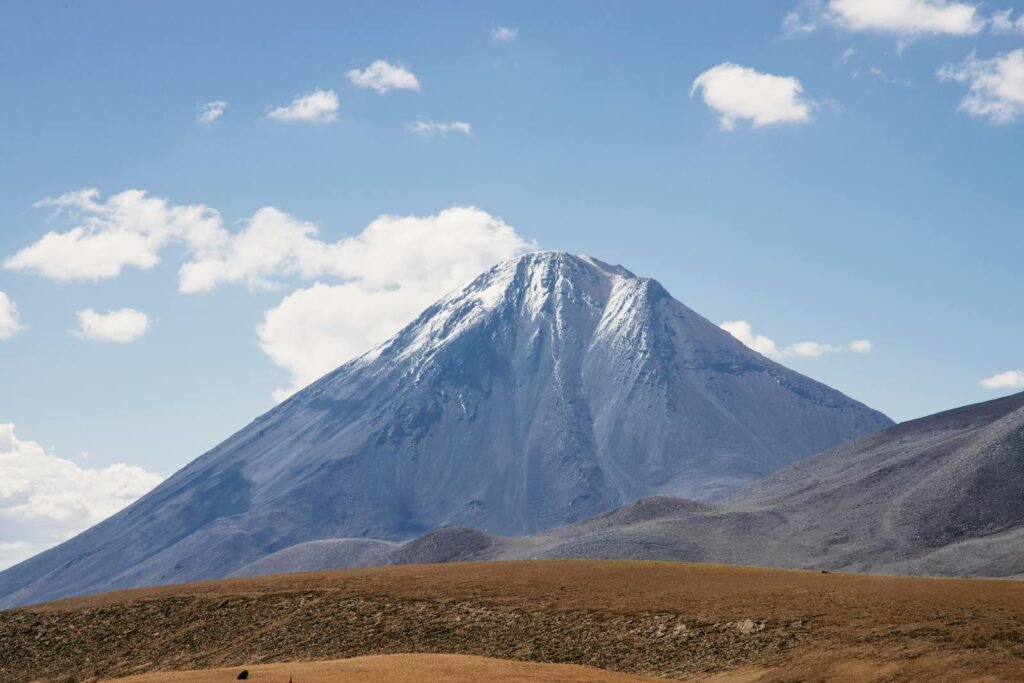If you ever thought deserts were lifeless wastelands, the Atacama might just shatter your expectations. Imagine a place so parched, some weather stations have never recorded a single drop of rain. Then, suddenly, in the heart of this endless dryness, the ground bursts into a breathtaking sea of flowers. It feels almost like a miracle—an explosion of color where nothing should grow. This rare spectacle, called the Atacama Bloom, is as thrilling as it is scientifically fascinating. How does one of Earth’s most unforgiving landscapes transform into a painter’s dream overnight? Let’s journey into the mystery and beauty of the Atacama Desert’s most stunning secret.
The Atacama Desert: A Land of Extremes
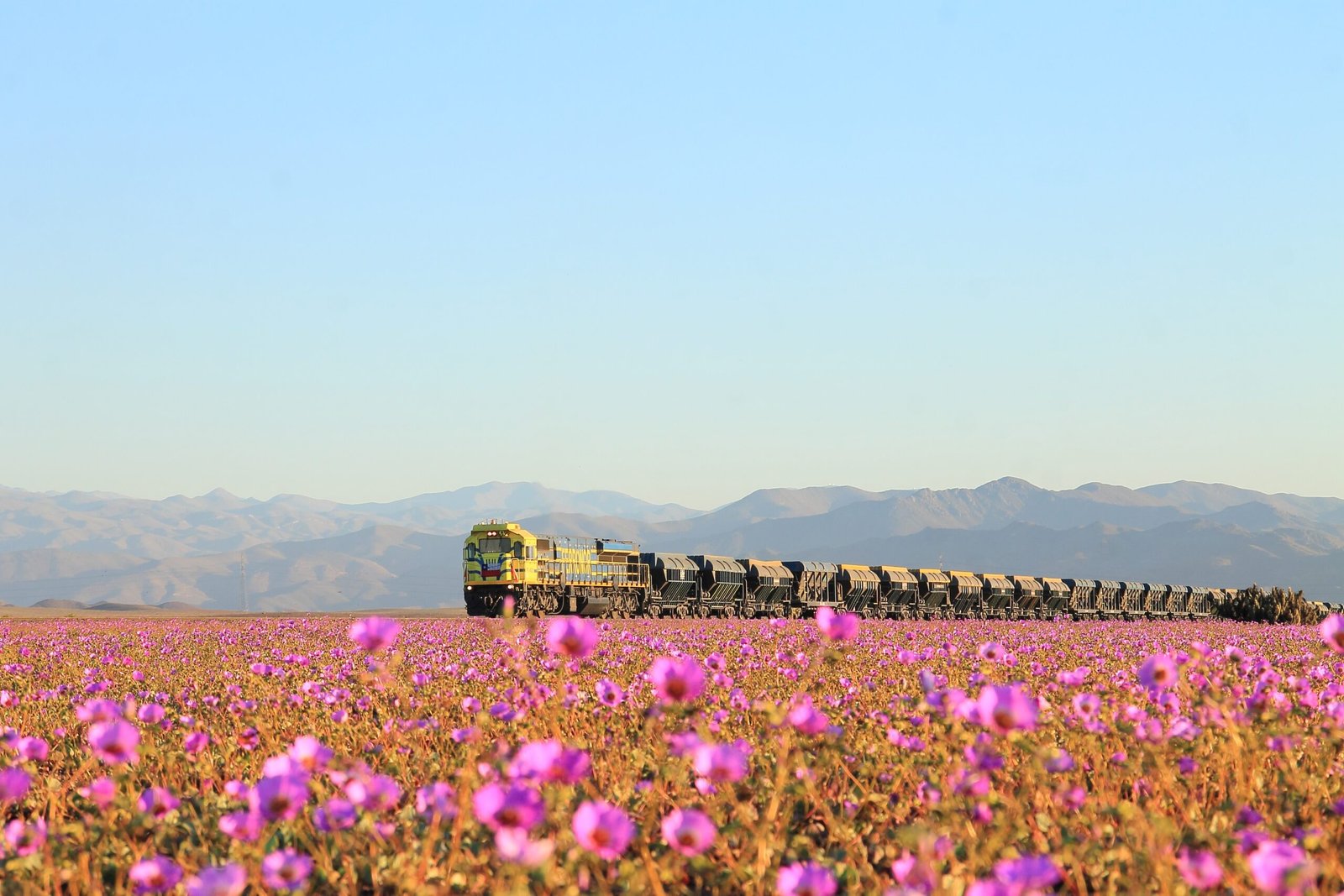
The Atacama Desert stretches across northern Chile and is often called the driest non-polar desert on the planet. Some regions here can go decades—sometimes centuries—without measurable rainfall. This environment is so harsh that NASA often uses it as a stand-in for Mars, testing rovers and experiments in its rocky, sun-baked terrain. Yet, amid all this adversity, life finds a way. Temperatures swing wildly, from freezing nights to blistering daytime heat, making survival a true challenge even for the hardiest organisms. The air is thin and the soil is full of salt, but beneath the surface, seeds lie waiting. The Atacama’s extremes are precisely what make its rare transformation so staggering.
Seeds of Hope: The Hidden Life Beneath the Sand

One of the most astounding facts about the Atacama Bloom is that the seeds responsible for the explosion of flowers can remain dormant for years—even decades. These seeds are tough, almost as if they’re armored against the world’s harshest conditions. They hunker down, locked in the soil, waiting for the tiniest hint of rain. Sometimes, the seeds have to wait for five, ten, or even twenty years before conditions are just right. This incredible patience pays off in spectacular fashion when the elusive rains arrive. The phenomenon is a testament to nature’s resilience, showing how life can pause, persevere, and then dazzle when the opportunity finally comes.
Rain: The Trigger for a Floral Symphony
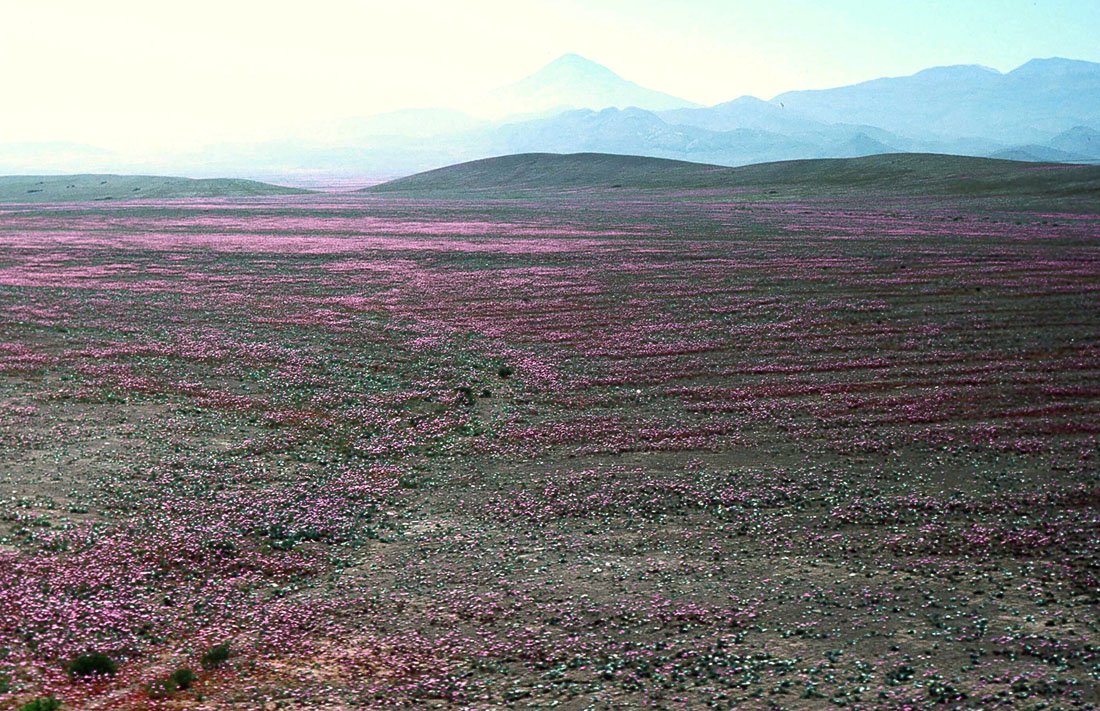
Rain is the magic ingredient that sets the Atacama’s secret life into motion. While the desert’s annual rainfall is typically less than a few millimeters, every so often, weather patterns shift. In years affected by El Niño, moist air from the Pacific Ocean sweeps in, delivering enough rain to awaken the slumbering seeds. It doesn’t take a deluge—sometimes just a brief, gentle shower is enough to spark the bloom. Once the rain soaks into the ground, the seeds rapidly germinate, racing to flower and reproduce before the arid conditions return. This urgency turns the desert floor into a vibrant patchwork almost overnight.
An Explosion of Color: The Atacama Bloom Unfolds
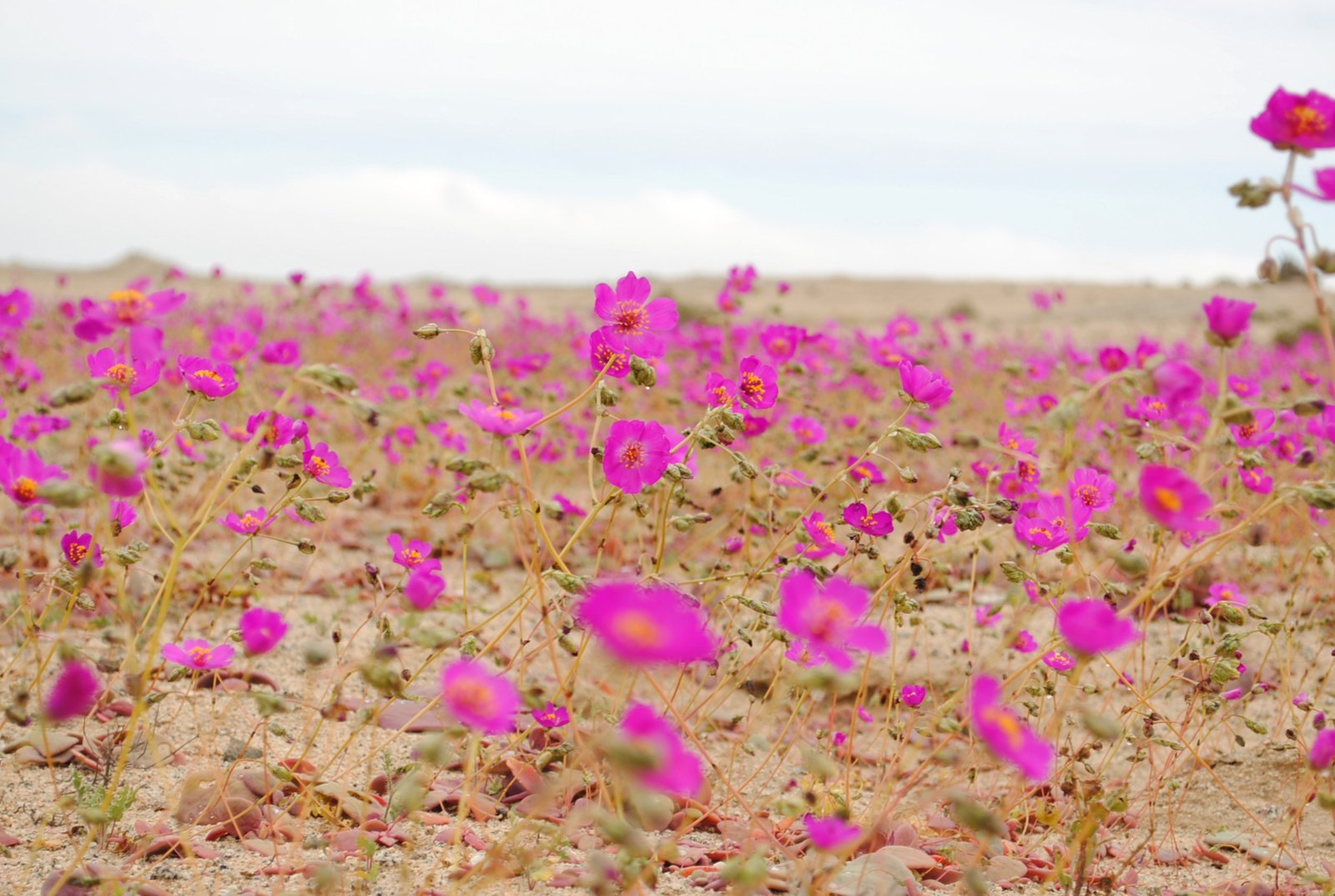
When the Atacama Bloom begins, it’s nothing short of magical. What was once a monochrome landscape transforms into waves of pink, purple, yellow, and white. Flowers like the añañuca, the pata de guanaco, and the desert lily carpet the sand for as far as the eye can see. The sheer abundance is hard to believe—photographs barely do justice to the surreal sight. The air becomes heavy with the scent of blossoms, attracting insects, birds, and even tourists from around the world. For a few fleeting weeks, the desert is unrecognizably alive, buzzing and blooming in every direction.
The Role of El Niño: Nature’s Unpredictable Hand
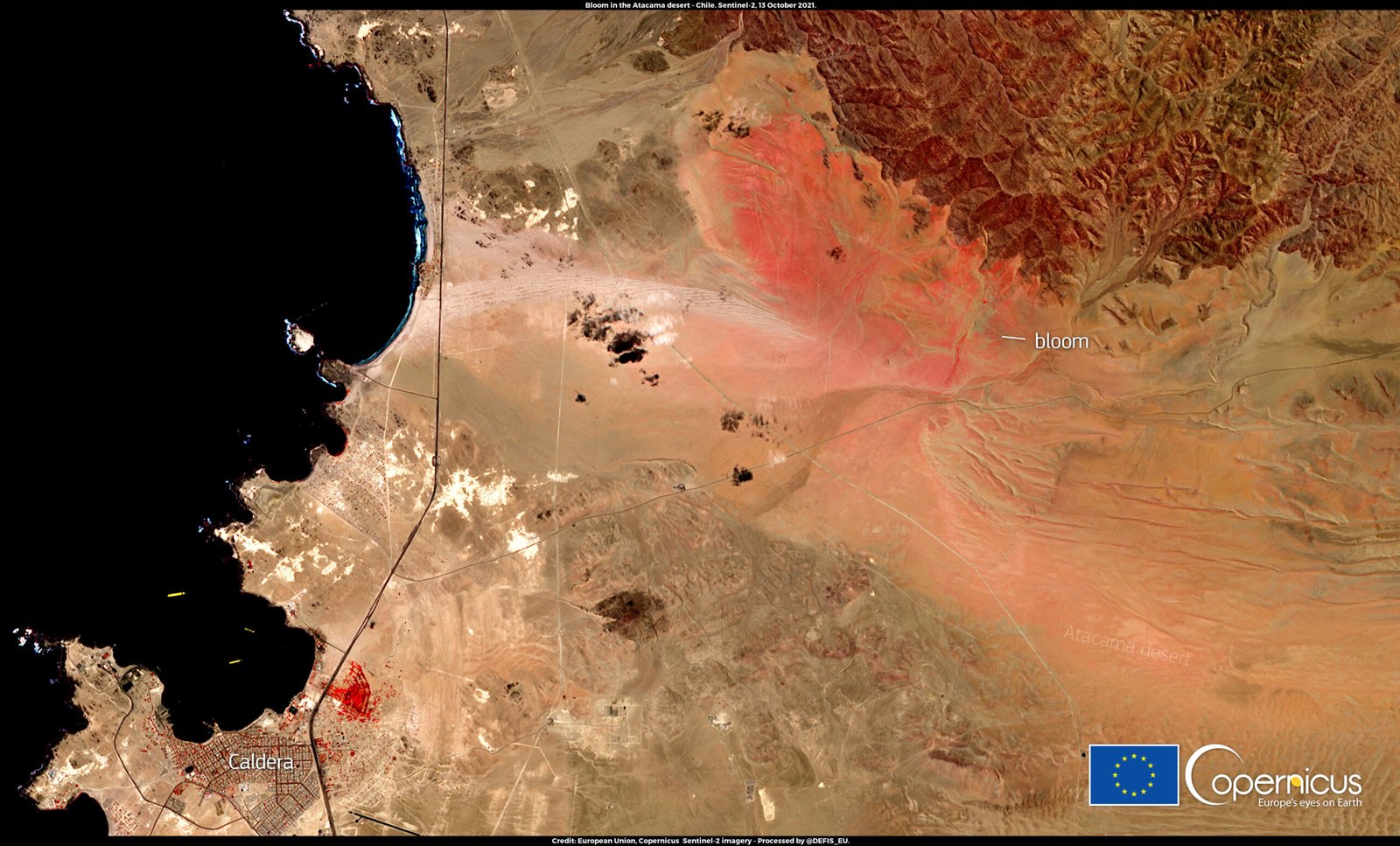
El Niño events are the wildcards that occasionally tip the scales in the Atacama. During these years, changes in ocean temperatures and currents bring increased moisture to otherwise arid regions. It’s not a guarantee, but when El Niño aligns just right, the desert receives enough rain to spark a massive bloom. Scientists track these patterns closely, trying to predict when the next floral eruption will happen. While El Niño can also bring storms and floods to other parts of the world, in the Atacama, it’s a rare blessing—a chance for life to break through the barrenness in spectacular style.
Remarkable Flora: Desert Survivors Take Center Stage
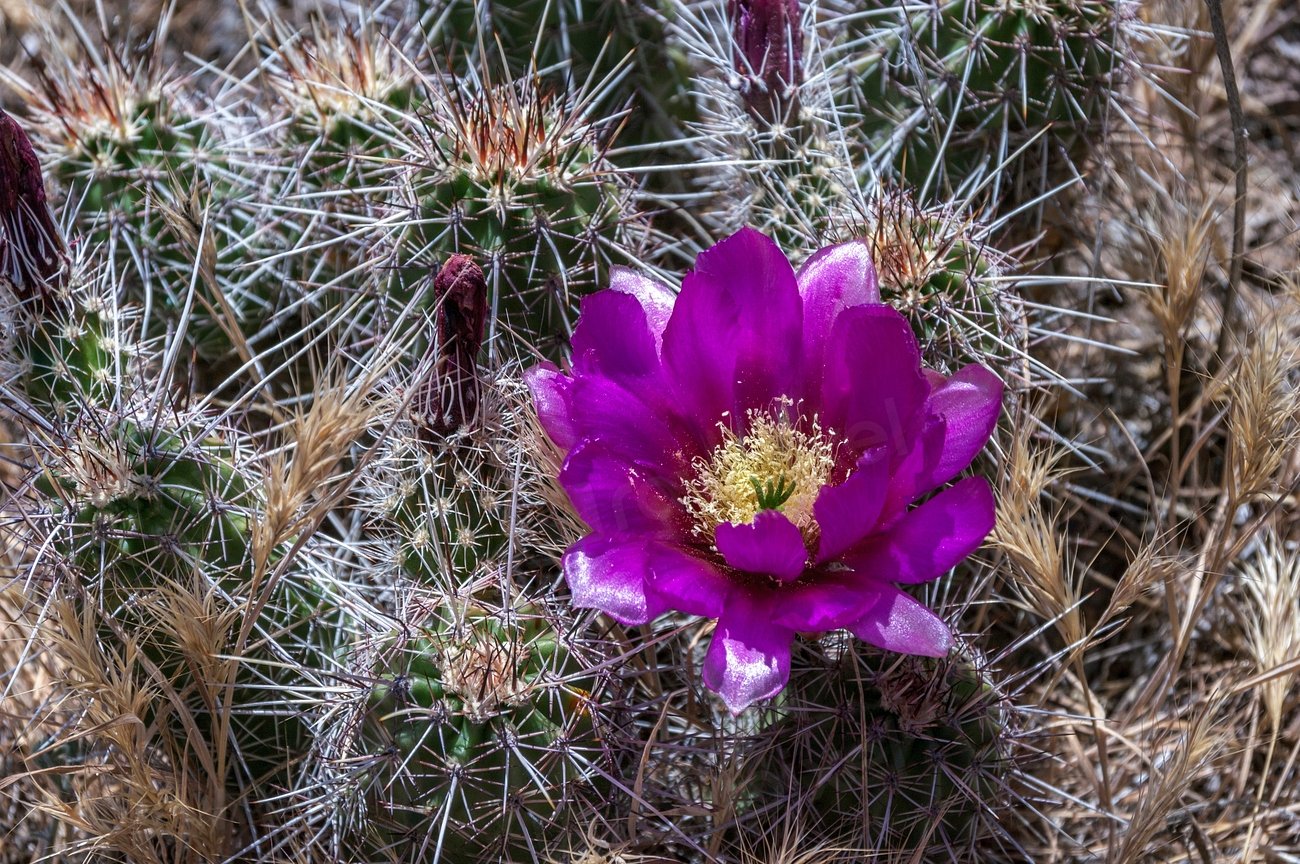
The flowers that make up the Atacama Bloom aren’t ordinary wildflowers—they’re botanical marvels. Species like the nolana, huilli, and oxalis have developed unique adaptations to survive harsh conditions. Some have tiny, water-storing leaves, while others have roots that reach deep underground searching for moisture. Their seeds have incredibly tough outer coats, protecting them from heat and dryness for years on end. When the rains finally come, these flowers leap into action, growing and blooming at a breakneck pace. Their survival strategies are as inspiring as their colors are dazzling.
A Short-Lived Spectacle: The Fleeting Nature of the Bloom

The Atacama Bloom is as temporary as it is beautiful. The flowers only last a few weeks—sometimes even less—before the relentless sun and dry winds reclaim the desert. The window for witnessing this natural wonder is painfully short, adding to its allure. For locals and visitors alike, the sense of urgency is palpable. People travel from across the globe, hoping to catch even a glimpse of the bloom before it disappears. There’s a bittersweet quality to the event, a reminder that beauty is often fleeting, and nature’s most dramatic moments are rarely permanent.
A Boom for Wildlife: The Ripple Effects of the Bloom
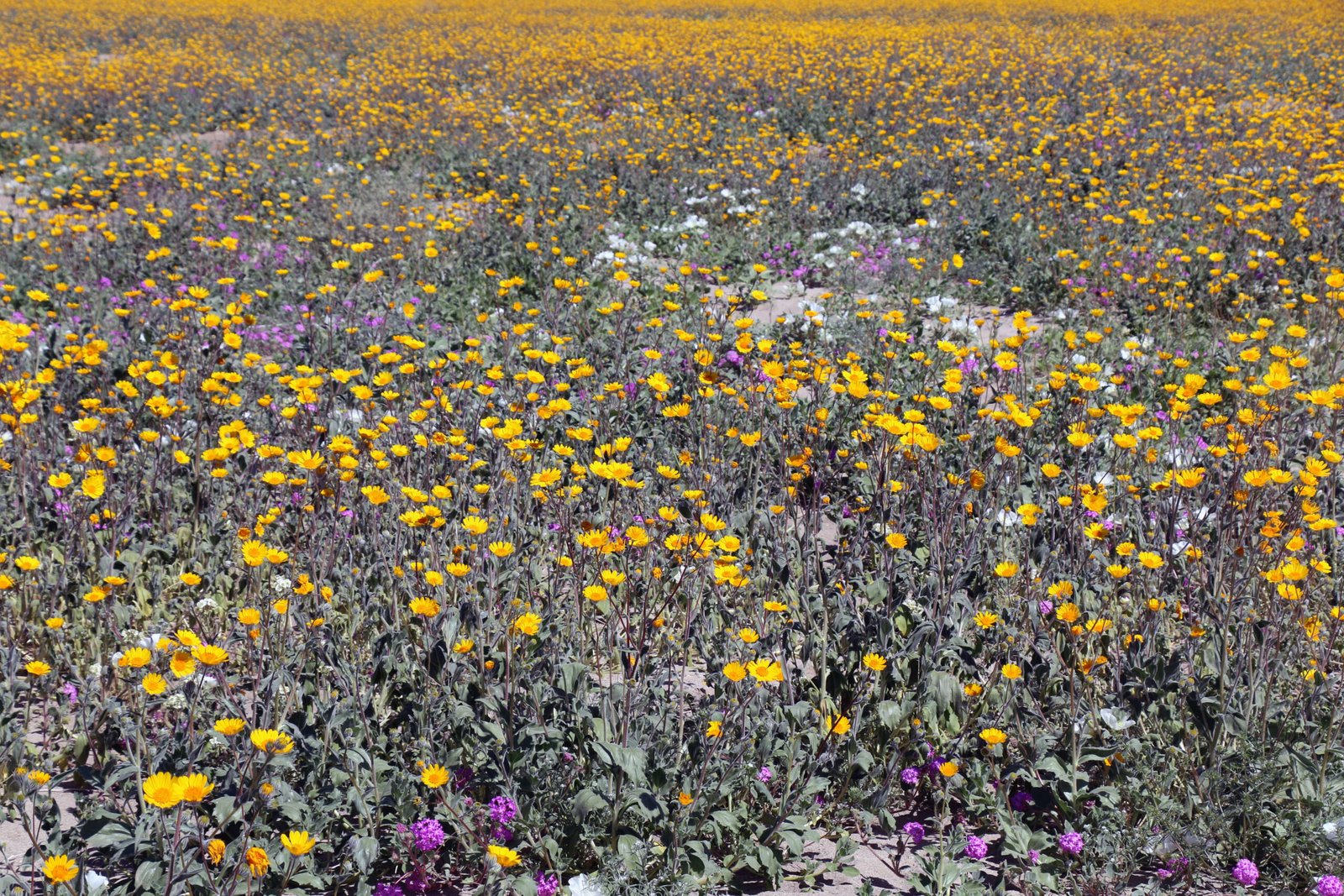
The Atacama Bloom doesn’t just dazzle the human eye—it also brings a burst of life for the region’s wildlife. Birds, bees, and butterflies flock to the desert, drawn by the sudden abundance of nectar and seeds. Small mammals venture out to feast on the fresh vegetation. Even predators like foxes benefit, as the temporary bounty supports a surge in prey animals. The ecosystem quickly becomes a hive of activity. For many of these creatures, the bloom is a rare feast, a time to breed and store up energy before the desert returns to its usual unforgiving self.
Tourism and Conservation: A Delicate Balance

The Atacama Bloom has become a magnet for eco-tourists, photographers, and scientists. Each time it happens, thousands are drawn to witness the desert’s transformation. While this influx brings economic benefits to local communities, it also presents challenges. Too many visitors can damage the delicate flowers and disrupt the fragile soil. Conservationists urge tourists to tread lightly, stick to marked paths, and respect the desert’s unique rhythms. Efforts are underway to educate visitors and protect the bloom’s future, ensuring that this incredible event can be enjoyed—and preserved—for generations to come.
Changing Climate: Uncertainty for Future Blooms
Climate change is casting a shadow of uncertainty over the future of the Atacama Bloom. Shifts in global weather patterns could mean more frequent blooms—or none at all. Scientists are watching closely, concerned that rising temperatures and altered rainfall might upset the delicate balance that allows the bloom to occur. There’s hope, too, that a better understanding of these processes could help us predict and protect the phenomenon. The Atacama Bloom stands as both a symbol of resilience and a reminder of how much we still have to learn about our changing planet.
Lessons from the Desert: Inspiration from Adversity
The Atacama Bloom offers a powerful lesson about survival, patience, and the beauty that can arise from even the harshest circumstances. It’s a vivid example of how life adapts, waits, and flourishes against all odds. In a world that often feels unpredictable, the bloom reminds us that hope can be hidden just beneath the surface, waiting for the right moment to shine. Nature’s ability to surprise and inspire seems endless, and the story of the Atacama’s flowers is living proof of that wonder.
What would you do if you stumbled upon a desert that suddenly erupted in color?

